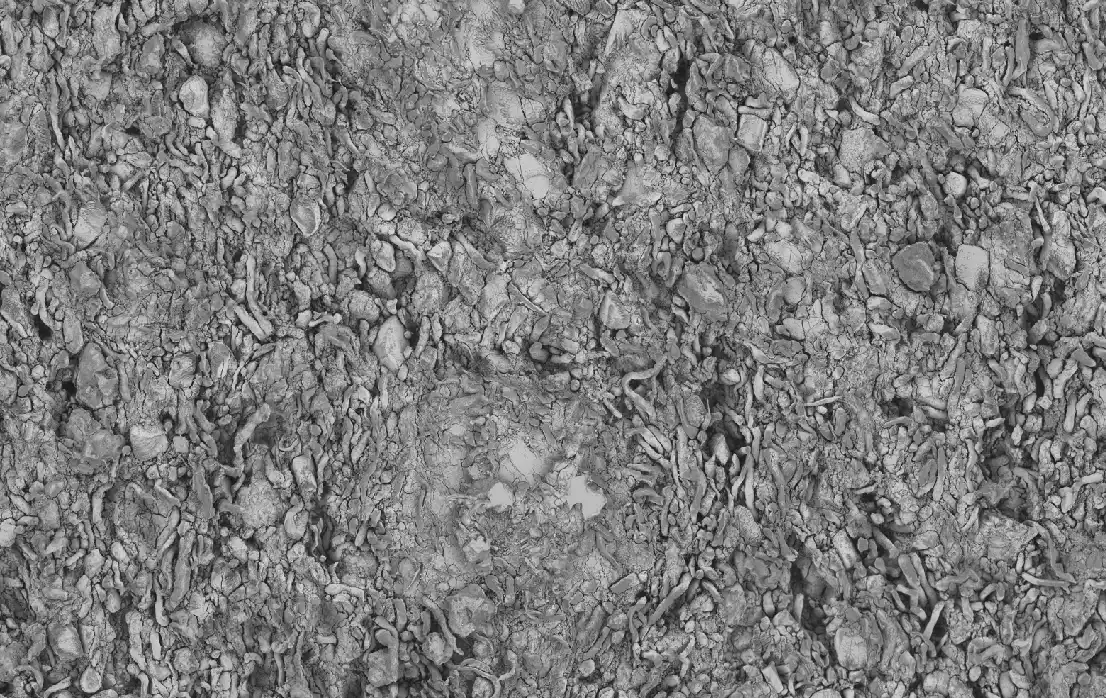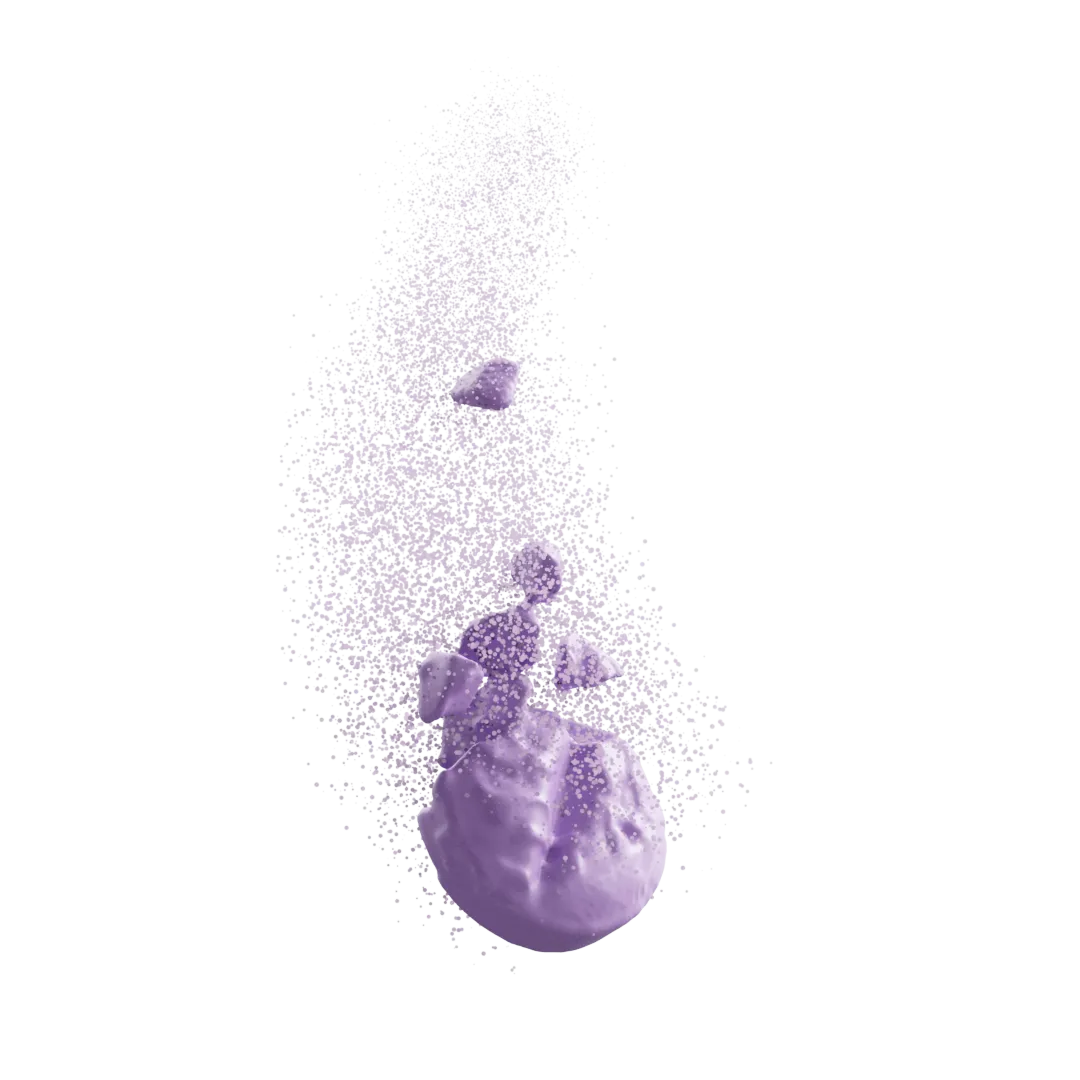Two-phase Flow Model of Water into Pharmaceutical Tablets

A two-phase flow model simulating water penetration into pharmaceutical tablets
The purpose of the study is introduce a two-phase flow model to simulate water penetration into pharmaceuticaltablets. This model was built by integrating Darcy’s law with the continuity principle, on the premise that waterpenetration was driven by capillary actions. Notably, this model concerned both the ingress of water (wettingphase) and simultaneous displacement of air (non-wetting phase). Due to the interference of the two fluids, therelative permeability and capillary pressure vary during water penetration. Evolution of these parameters wasincorporated in the model. Calibration of the model by water penetration experiments of the microcrystallinecellulose (MCC) tablet yielded an average pore radius of 42 nm. This derived result was corroborated by FIB-SEManalysis revealing the presence of extensive microporosity within MCC particles with an average radius of ~30nm. Further validation was achieved through close resemblance between the simulated and experimental waterpenetration profiles of MCC tablets possessing different porosities. Overall, this study underscored the advantageof the two-phase flow model over single-phase flow models, by capturing the dependence of permeability andcapillary pressure on water saturation. Therefore it holds promise for an enhanced description of water penetration into tablets.

Karthik Salish, Prajwal Thool, Yuri Qin, Phillip D. Yawman, Shawn Zhang, Chen Mao
With Genentech
https://doi.org/10.1016/j.ijpharm.2024.124383
Additional Publications
Transform Your Program with Microstructure Science
Get started with a drug product digital twin.















